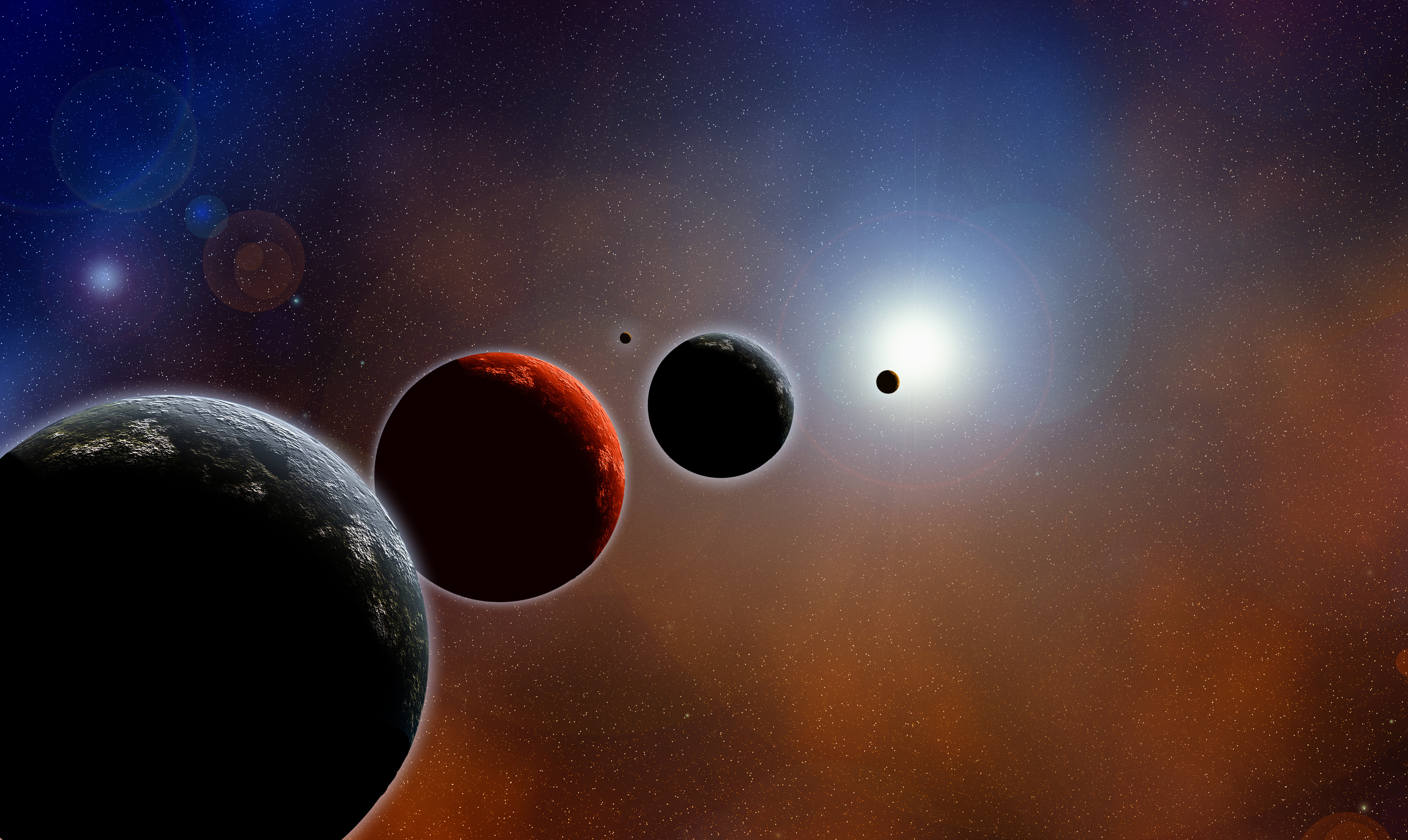Planet-forming disk has more water than Earth’s oceans
A planet-forming disk with more water than all of Earth’s oceans has been discovered. The disk, which is located in the constellation Taurus, is 450 light-years away from Earth. Astronomers used the Atacama Large Millimeter/submillimeter Array (ALMA) to zoom in and observe the disk.
What they discovered is that the protoplanetary disk around the baby star HL Tauri has more water than all of Earth’s oceans combined. In fact, the water found in the disk could fill the Earth’s oceans a total of three times.
The water was discovered in the form of water vapor swirling through the disk. It’s believed to be locked up in gas and dust within the disk. The researchers say that the presence of the water may influence the development of the planetary system that forms there.
The star at the center of the planet-forming disk is part of one of the largest and closest star-forming regions that astronomers have discovered near Earth. The Taurus Molecular Cloud contains hundreds of newborn stars, and ALMA has allowed scientists to peer deeper than ever when looking at them.
The discovery of these intense levels of water vapor is both exciting and intriguing. By studying these protoplanetary disks more, we may be able to unlock more of the mysteries surrounding planetary formation and better understand how our own solar system came to be.
The data also shows that there is a gap where a planet could potentially be forming in the area. If we can prove that, we may have a firsthand opportunity to watch as the planet forms over the coming years. It’s outstanding, not only that we can even observe these cosmic regions but that we can zoom in close enough to detect things like water vapor in the first place.
With other telescopes, like the Hubble and James Webb, we may be able to learn more about planetary formation and the role that water vapor plays.
A planet-forming disk with more water than all of Earth’s oceans has been discovered. The disk, which is located in the constellation Taurus, is 450 light-years away from Earth. Astronomers used the Atacama Large Millimeter/submillimeter Array (ALMA) to zoom in and observe the disk.
What they discovered is that the protoplanetary disk around the baby star HL Tauri has more water than all of Earth’s oceans combined. In fact, the water found in the disk could fill the Earth’s oceans a total of three times.
The water was discovered in the form of water vapor swirling through the disk. It’s believed to be locked up in gas and dust within the disk. The researchers say that the presence of the water may influence the development of the planetary system that forms there.

The star at the center of the planet-forming disk is part of one of the largest and closest star-forming regions that astronomers have discovered near Earth. The Taurus Molecular Cloud contains hundreds of newborn stars, and ALMA has allowed scientists to peer deeper than ever when looking at them.
The discovery of these intense levels of water vapor is both exciting and intriguing. By studying these protoplanetary disks more, we may be able to unlock more of the mysteries surrounding planetary formation and better understand how our own solar system came to be.
The data also shows that there is a gap where a planet could potentially be forming in the area. If we can prove that, we may have a firsthand opportunity to watch as the planet forms over the coming years. It’s outstanding, not only that we can even observe these cosmic regions but that we can zoom in close enough to detect things like water vapor in the first place.
With other telescopes, like the Hubble and James Webb, we may be able to learn more about planetary formation and the role that water vapor plays.
